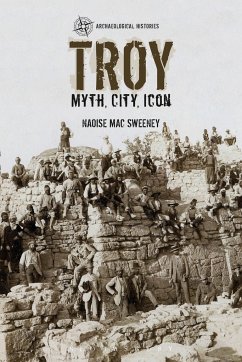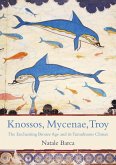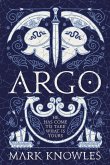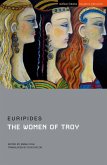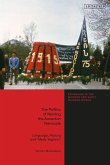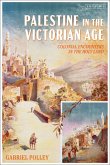From the palaces of Homeric epic to the ancestral seat of Roman emperors, Troy in antiquity was a place couched in myth. But for nearly four millennia, Troy was also a living city, inhabited by real people. Troy today is therefore a site of major archaeological and historical significance. In the modern world, however, Troy has become as much a symbol as a site. From movies to computer viruses, from condom branding to reggae records, Troy is a word to conjure with. This book explores the significance of Troy in three areas: the mythic, the archaeological, and the cultural, and highlights the continuing importance of the site today. Including a survey of the archaeological remains of Troy as they are currently understood, the volume presents an all-inclusive overview of the site's history, from the Troy of Homer to Classical Antiquity and beyond. The modern day cultural significance of the Trojan War is also discussed, including re-tellings of the stories or representations of the site and myth, and the more abstract use of Troy as a symbol - as a brand for consumer goods, and as a metaphor for contemporary conflicts.
Hinweis: Dieser Artikel kann nur an eine deutsche Lieferadresse ausgeliefert werden.
Hinweis: Dieser Artikel kann nur an eine deutsche Lieferadresse ausgeliefert werden.

